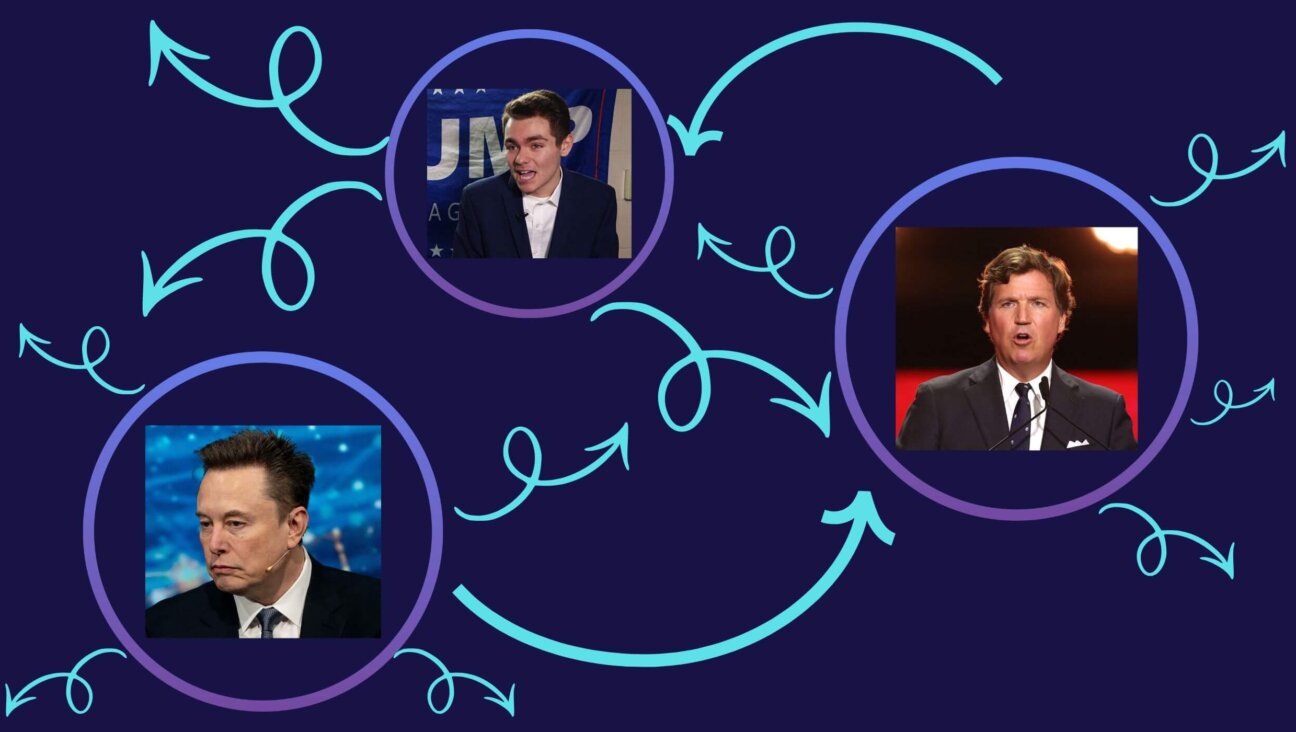‘The Fundamentals of Caring’ Director on Working with Paul Rudd and Turning Drama into Comedy

Image by Courtesy of Netflix
For years, Rob Burnett made audiences laugh as one of the head writers on “The Late Show with David Letterman.” Now, he’s tackling something decidedly darker. “The Fundamentals of Caring,” a new Netflix dramedy written and directed by Burnett, stars Craig Roberts as a snarky young man with muscular dystrophy and Paul Rudd, his rookie caretaker.
We spoke with Burnett about turning drama into comedy, directing Paul Rudd and Selena Gomez’s surprise audition.
What was it about Jonathan Evison’s book that made you want to adapt it into a film?
It was love at first sight, the very definition of it. My agents began sending me books with the idea of adapting one into a screenplay. It was actually the first book they sent me and I loved it instantly. On its face its not a particularly commercial movie, there’s so much tragedy in it. But Jonathan did such a lovely job telling the story that I thought there was a way to try to tell such a sad story in a really funny way. I bought the rights to the book, went off to write the script and then amazingly Paul Rudd agreed to be in the movie. Once that happens, everything gets to happen.
As a long-time comedy writer, how did you tackle juggling the humorous parts of the movie with the drama?
The ballet there is to try to balance those two tones. There I give all the credit to the actors. Paul Rudd and Craig Roberts, they had to play everything super real. They couldn’t get too broad. Once you start to lean too much to the comedy or the drama, the whole thing just disintegrates. The drama and comedy was already all there, you never had to lean into it. If you play away from that sentimentality at all times, it’s just there, based on the characters, based on the performances.
Does that mean you used a light touch as a director when working with them?
I would say a light touch for sure. What I found with directing is that the first step is to make sure that you and the actors are shooting for the same target. It’s a problem if people have different takes on the material. In some of the auditions for Craig’s part, we went through probably 250 actors, you could see some of the actors really push the material and I kept directing them down. It’s a fight, you’re going for two different things. In the case of Paul and Craig, we both instinctively were shooting for the same target. It was essential for a movie that was shot in 23 days, which is pretty quick.
I read an interview with Selena Gomez where she said there was some initial hesitation when it came to auditioning her.
Her manager called me up and said she had a great person for the character of Dot. I said fantastic. Then she said that she wasn’t going to tell me who it was. She said, “I’m only going to tell you that she has twelve movie offers, yours is the only one she wants to do. But I don’t want you to have a preconceived notion, so let’s set up a meeting.” I didn’t know who it was going to be, I opened the door and there was Selena. We hit it off instantly. We met for a couple of hours and I found her not only to be delightful but very thoughtful and ego-less. For an actress of her stature, a celebrity of her stature, she [might say] that she wasn’t going to audition for this. But she auditioned three times for the role and got it. I was convinced pretty early that she could do this.
What are the challenges that come with being both the writer and the director of a film?
When you’re directing a movie, for me it’s almost as if I did not write the movie. Sometimes you have things you’ve written that you love, but you realize on its feet it’s not working the way you want it work. I’ve learned that you can only hang onto those things so long. Directing a movie is like painting a giant billboard with a one hundred foot brush held by one hundred people. What you realize quickly is that it will never come out the way it is in your head. It may be better, it may be worse, but it will never be the thing that is in your head.

















